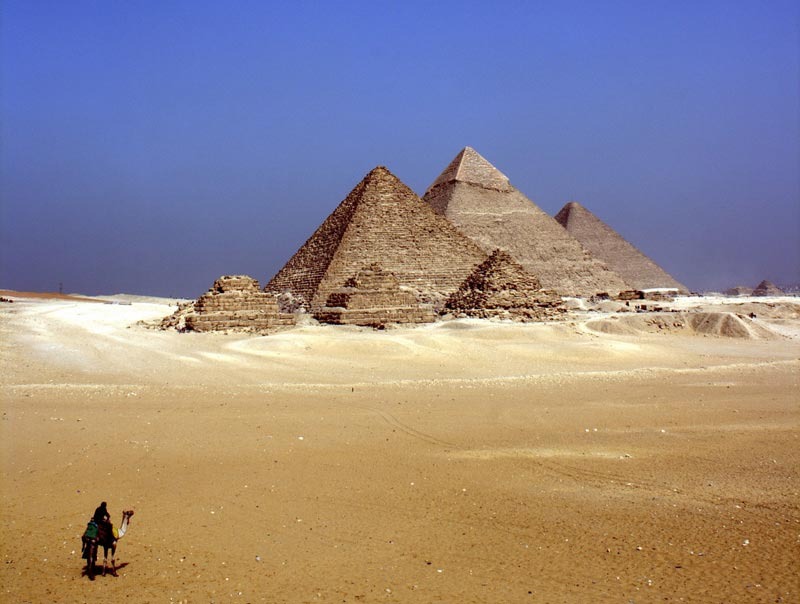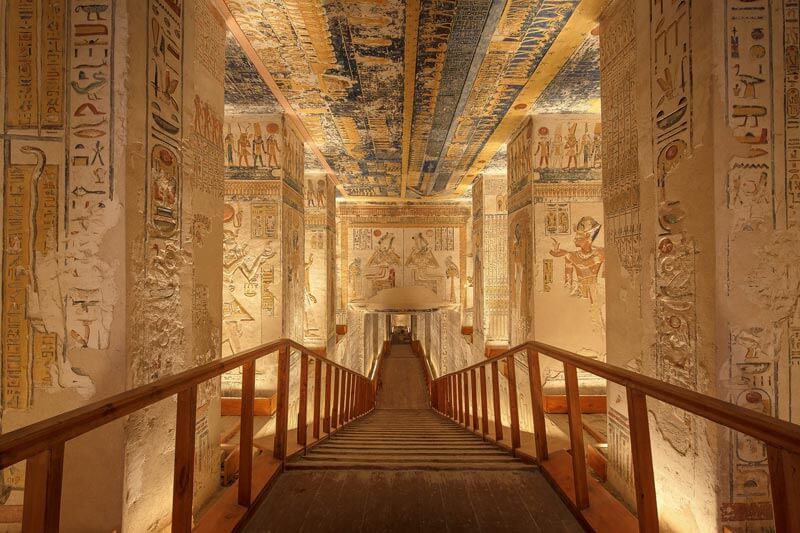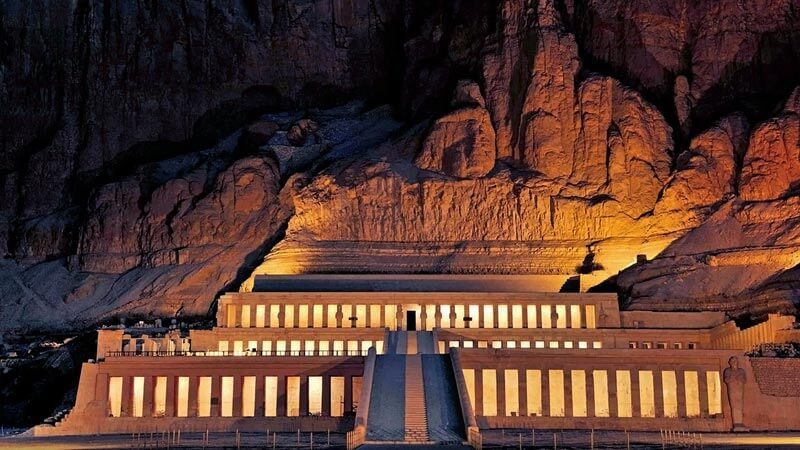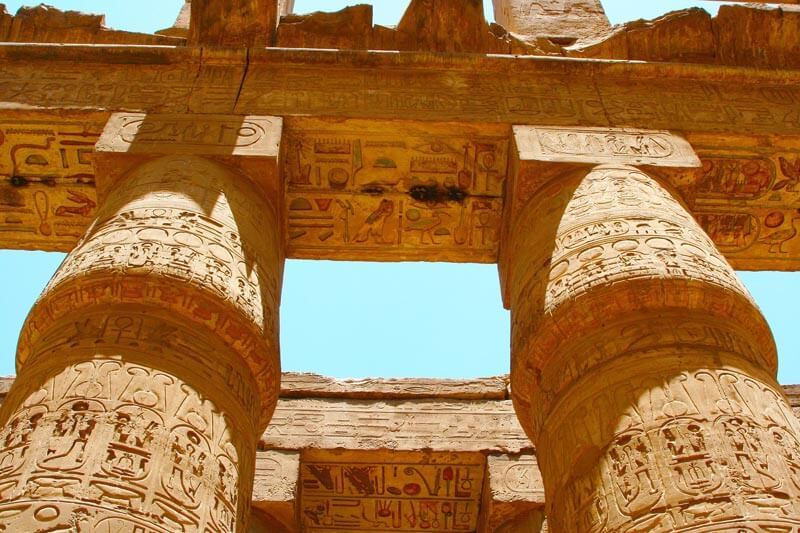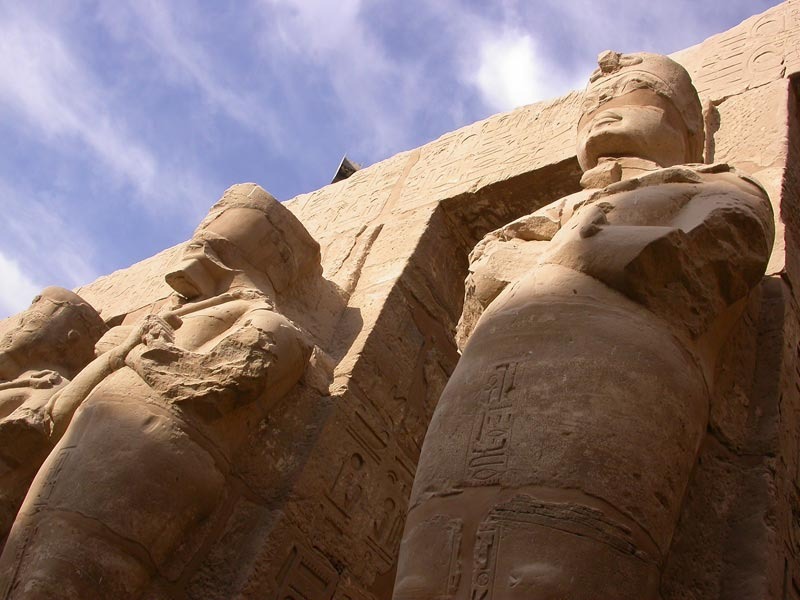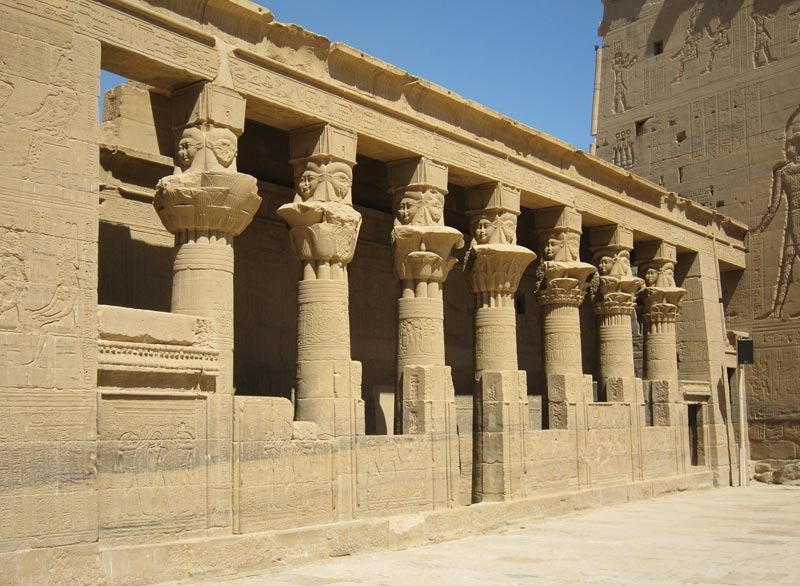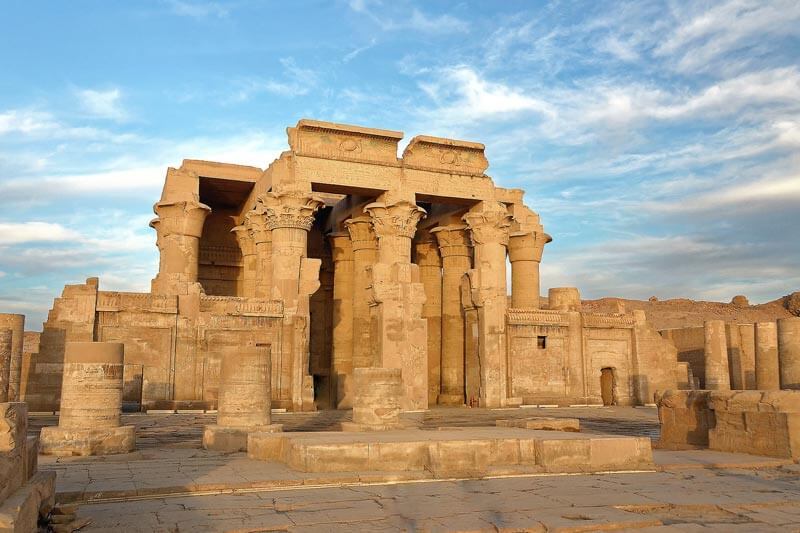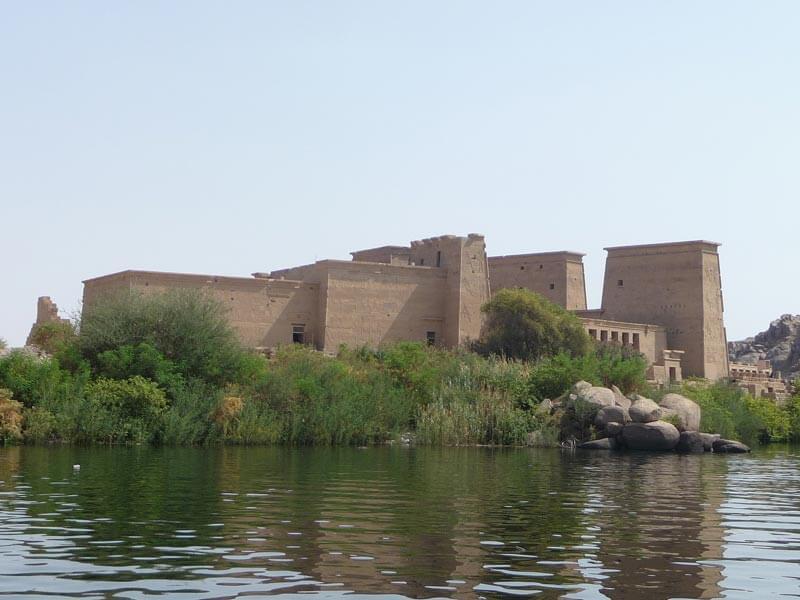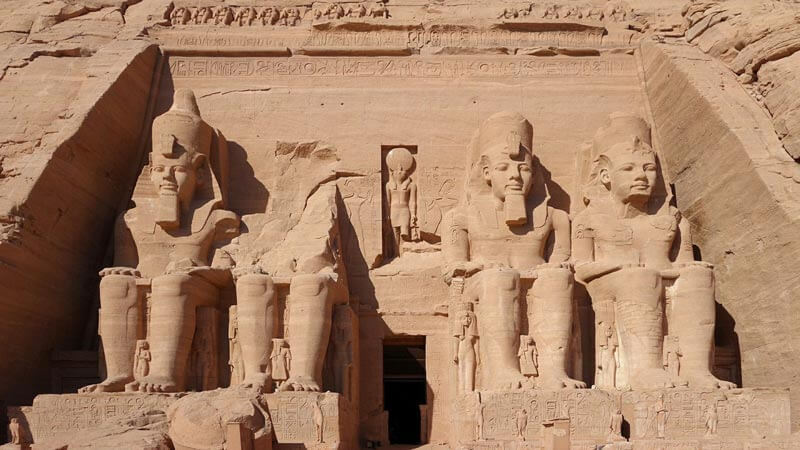Here is a selection of the very best highlights of a perfect holiday in Egypt.
The Pyramids
The planet’s oldest tourist attraction and one of the Seven Wonders of the World. It is their sheer size, the precise construction and cosmological significance of the Pyramids that has turned the study of such awesome structures into a science. It was ancient Egyptian’s belief in eternal life that inspired them to build these incredible mausoleums as a visible reminder of the eternal power of the gods and the universe.
The Grand Egyptian Museum
Due to open in 2020 on the Giza plateau near the Pyramids, the Grand Egyptian Museum will feature 12 exhibition halls housing around 100,000 relics and antiquities from various periods of Egyptian history. A statue of King Ramses II will stand in the lobby and statues of King Thutmose III, and Amenhotep III in the main exhibition halls. There will also be a children’s museum, traditional craft shops, bazaars, a museum for sun boats, and a field for a hanging obelisk. Until the new museum opens, the Egyptian Museum at Tahir Square, Cairo is still a popular place to visit, housing some unique artefacts.
The Valley of the Kings
The Valley of the Kings is one of the most famous archaeological sites in the world and a World Heritage site since 1979. The valley is a burial site where tombs were constructed for the Pharaohs for 500 years from the 16th to 11th century BC. Its most famous tomb is that of boy king, Tutankhamun, discovered by Howard Carter in 1922, this is a must-visit – it is truly wondrous.
The Valley of the Queens
Next to the Valley of the Kings is home to the Temple of Hatshepsut in the Valley of the Queen considered the closest Egypt came to Classical Architecture and marked a turning point in the architecture of Ancient Egypt. Hatshepsut was a rare female pharaoh and her impressive temple, known as Djeser-Djeseru (‘Splendor of Splendors’), was designed and implemented by Senemut, the pharaoh’s royal steward. Hatshepsut ruled for 21 years and 9 months (1503 to 1482 BC) and is regarded by modern Egyptologists as one of the most successful pharaohs. A 100-foot causeway leads to the temple, which consists of three terraced courtyards covered in sculptural reliefs. From the Upper Terrace there is a fine view of the Nile Valley.
Karnak Temple
Part of the monumental city of Thebes is said to be the largest ancient religious site in the world, and the second most visited historical site in Egypt. The collections of temples at Karnak are from the era of Pharoah Ramses II, from around 1391-1351 BC and a key place for worship during this time. Karnak took 1,300 years to be constructed with the intervention of 30 major pharaohs size, the number of features are overwhelming. One famous aspect of Karnak is the Hypostyle Hall in the Precinct of Amun-Re, with 134 massive columns arranged in 16 rows, most of the columns are 10 meters tall, and 12 are 21 meters tall with a diameter of over three meters. At night there is a Sound and Light show at Karnak Temple.
Luxor Temple
Located in the city of Luxor, on the east bank of the Nile was started by Queen Hatshepsut, with later additions added by Amenhotep III and Rameses II. Although smaller than Karnak it is equally special. Visit here in the early morning or at the end of the day and capture the statutes and columns in the best light. The temple was built with sandstone from the Gebel el-Silsila area, often referred to as Nubian Sandstone. Untypically, the temple has a north-south axis, in part determined by its relationship to the Nile River, and in part by its ritual connection with the Temple of Karnak. In ancient times a 2-mile-long boulevard of sphinxes originally with ram heads (Amon’s symbol) but they were replaced with human-headed sphinxes in the 30th Dynasty. On leaving add your footsteps to the Avenue of the Sphinxes, believed to have linked both temples Karnak and Luxor.
Temple of Horus (Edfu)
Located near the city of Edfu, 53 km from Esna, this is the second largest temple in Egypt after Karnak and one of the best preserved. It is dedicated to the falcon god, Horus and was built in the Ptolemaic period between 237 and 57 BC. The sand has helped to preserve the building which was found to be almost completely intact when it was first cleared and excavated by Auguste Mariette in the 1860s. The entrance to Edfu Temple is through a massive 36 metres high pylon guarded by two huge and splendid granite falcons and decorated with reliefs. Edfu is also a sugar and pottery centre.
Temple of Kom Ombo
Located 40 kms from Aswan in the town of Kom Ombo this temple was built in 180 BC with later additions added in Roman times. The temple stands on what was an important crossroads between the caravan route from Nubia and trails from the gold mines in the eastern desert. On a bend in the Nile, a spot favoured by crocodiles, the temple was dedicated to Sobek, the crocodile god. As a temple it is unusual in that, architecturally, everything is doubled and perfectly symmetrical along the main axis.
Temple of Philae
Philae is an island in the Nile close to Aswan and the previous site of an ancient Egyptian temple complex. The complex was relocated in a major feat of engineering to the nearby Agilka Island after it was nearly lost underwater in the 1960s due to the construction of the High Dam. Agilka Island was landscaped to resemble the sacred isle of Isis, in positions corresponding as closely as possible to the original layout. The temple, dedicated to the goddess Isis, the wife of Osiris and mother of Horus, has a uniquely romantic and majestic aura.
Abu Simbel
Carved out of the mountain on the west bank of the Nile between 1290 and 1223 BC, four colossal statues of Ramses II, 35 metres high and 35 metres wide, guard the entrance majestically, staring out across the desert as if looking through time itself, will provide a highlight for many on the cruise. This popular excursion is available by coach or by air. The temple is aligned in such a way that each year on the 22nd of February and 22nd of October, the first rays of the rising sun reach across the Nile, penetrate the temple, move along the hypostyle hall, through the vestibule and into the sanctuary, where they illuminate the figures of those gods this temple is dedicated to Ra-Harakhty, Ramses III, Amun and Ptah.
